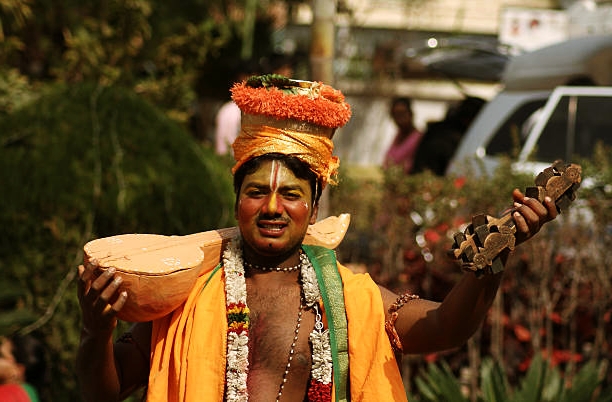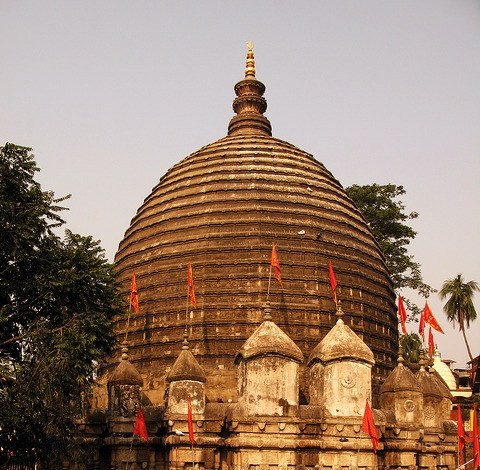A Guide to Pongal Celebration: From Sweet Treats to Traditional Dances
Pongal is an important festival celebrated in India and is one of the most widely celebrated Hindu festivals. It is a celebration of the harvest and is usually celebrated in January or February. It is a four-day festival that is celebrated in different ways depending on the region. In this blog post, you will learn about the traditional and modern ways to celebrate Pongal in India. You will also learn about the customs and traditions of Pongal celebrations and the significance behind them. Additionally, you will find out how to get involved in celebrating Pongal in India and how Pongal is celebrated around the world.
Table of Contents
What is Pongal?
Pongal is a traditional four-day harvest festival celebrated in India. It is a festival of great significance for the people of India, especially in the southern states. Pongal is celebrated in mid-January and marks the beginning of the sun’s journey (Uttarayanam) towards the northern hemisphere.

This festival is of great importance to farmers, as it marks the end of the northeast monsoon season. Pongal is celebrated with much enthusiasm, as it is viewed as an occasion of joy and celebration of the bountiful harvest. Families prepare a variety of savouries and sweets, decorate their homes, and perform traditional activities such as kolam drawing on the ground. Pongal is a reminder of the hard work, dedication, and love of farmers across India. It is an excellent opportunity to bring people together and celebrate the spirit of togetherness.
Traditional Pongal Celebrations
Pongal is a traditional South Indian festival that is celebrated with great fervour and enthusiasm. It marks the end of the harvest season and the start of a new cycle of abundance and prosperity. The festival encompasses four days of celebration, each dedicated to different aspects of the harvest. On the first day of the festival, a sweet rice dish called Pongal is boiled to signify prosperity and abundance. The festivities include exchanging gifts, decorating the house with colourful rangolis, and feasting on traditional sweets.
The second day of the festival is called Mattu Pongal and is dedicated to cattle. Cows, the symbol of wealth and fertility, are decorated with flower garlands and their horns are painted in bright colours. On the third day of Pongal, called Kaanum Pongal, families gather to visit relatives and friends. The fourth day, Thiruvalluvar Day is dedicated to the great Tamil poet Thiruvalluvar and his teachings of morality and virtue.
Pongal is not just a festival of joy and feasting, but also a time to reflect on the cycle of life and cherish the relationships we share with family and friends. It is a time to be thankful for all of the blessings we have in our lives and to celebrate the spirit of abundance and joy.
Modern Celebrations of Pongal
Pongal is an important harvest festival celebrated in India that marks the end of winter and the beginning of the harvest season. It is celebrated on the first day of the month of Thai, which falls in mid-January. The festival is a time of joy and celebration and is celebrated with great enthusiasm and fervour by all. It is a time to thank nature and the gods for the bountiful harvest that it has provided.
The festivities start with the ritual of boiling the newly harvested rice in a pot outdoors to symbolize the plentiful harvest. This is followed by prayers and offerings of thanks to the gods. After the ritual, the rice is eaten as part of a feast. Traditional songs, dances, and games are performed in honour of the gods. In some areas, village fairs are also set up to celebrate Pongal.
Modern celebrations of Pongal have embraced new technologies, such as fireworks and music concerts. There are also Pongal competitions and contests, such as baking competitions and kite flying competitions. People also decorate their homes and set up altars as part of the celebration. It is a great time for families to come together and celebrate the harvest. Pongal is a celebration that has been around for centuries and continues to be celebrated with great enthusiasm.
Celebrating Pongal in India
Pongal is an important festival in India, celebrated with great enthusiasm and joy. It is the time of the year to show gratitude for the harvest and to thank nature for its abundance. Pongal is a four-day festival that marks the end of the harvesting season and the beginning of a new cycle of crops. If you are looking to get involved in this auspicious occasion, here are a few ways to do so.
Firstly, you can join a Pongal celebration in your area. Most Indian families gather together for Pongal, where they make traditional dishes, decorate their homes, and exchange gifts. You can even dress in traditional attire and take part in the festivities. Secondly, you can visit a temple to observe the religious rituals associated with Pongal. The temples are decorated with flowers and lamps, and devotees take part in prayers and offerings. Lastly, you can take part in traditional activities like kolam drawing, pot-breaking, and bull-racing. These activities are a lot of fun, and a great way to experience the traditions and culture of India.
So if you are looking to join in the fun of Pongal this year, these are some of the ways you can do so. Celebrate the harvest and experience the joy and festivity of this special occasion!
Traditions of Pongal Celebrations
Pongal is an important festival celebrated in India and it has been celebrated since ancient times. It is a four-day long festival that is celebrated to honour the Sun God, Surya, and to thank him for his blessings. On the first day of Pongal, people draw colourful patterns called Kolam on the floor as a form of decoration. The second day of Pongal is the most important day, on which the harvesting of crops is celebrated. On this day, cows are decorated and fed, and people express their gratitude towards nature.
On the third day, people take part in kite flying and bullock cart racing, and the fourth day is celebrated as ‘Kaanum Pongal’, during which families get together, exchange gifts and sweets, and celebrate the joy of Pongal. Pongal is a great way to honour our culture, traditions and customs, and it is a great way to express our gratitude and appreciation for everything that nature has blessed us with.
Significance of Pongal Celebrations
Pongal is a popular harvest festival celebrated by people in India. It is celebrated to mark the end of the winter solstice and the beginning of the harvesting season. This four-day-long festival is filled with joy and happiness and is an occasion to give thanks to the gods for a successful harvest. The significance of Pongal cannot be overstated as it is celebrated in many parts of India and its celebration has become a cultural phenomenon in the country.
Pongal is celebrated with much pomp and joy and it is a time for families to come together and celebrate. It is a time for people to give thanks for the abundance of blessings that they have received from the gods. During Pongal, people prepare traditional dishes such as Sweet Pongal, Sakkarai Pongal, and Puliyodharai and exchange gifts with each other. People also take part in sports activities such as Jallikattu and participate in temple rituals.
The significance of Pongal goes beyond its celebration. It is an occasion to celebrate the arrival of spring and the beauty of nature. It is an opportunity to reflect on the importance of hard work and the successful harvest that results from it. Pongal is also an opportunity to pay respect to the gods and seek their blessings for the coming year.
Pongal is a festival that celebrates the life and its various aspects. Its significance lies in its reminder of the importance of giving thanks and appreciating the blessings of nature. It is an occasion that brings people together and instils a sense of gratitude and joy in them.
Pongal Celebrations Around the World
Pongal is a major Indian festival celebrated around the world. It is a four-day festival of thanksgiving, offering gratitude to the Sun God and the forces of nature for sustaining and nurturing life on earth. It is a time for joy, feasting, and celebration of all that is bountiful in the world. The festival is celebrated with much enthusiasm in India, and it has become an integral part of many cultures around the world.
In India, Pongal is a time of celebration of the harvest season, and people come together to cook traditional dishes and share in the festivities. People also decorate their homes and streets in honour of the occasion. In some parts of India, Pongal is celebrated with kite flying, and in some parts, it is celebrated with bullock cart races. In the south of India, Pongal is celebrated with a grand feast featuring a variety of dishes, sweets, and savouries.
In other parts of the world, Pongal is celebrated in a variety of ways. In the United States, many Indian-American communities celebrate Pongal with great enthusiasm. They organize and host events such as traditional dances, music, and fireworks, and they also share in the traditional Pongal dishes. In other countries, such as Malaysia, the Philippines, and Singapore, the festival is celebrated with much enthusiasm. People gather for feasts, decorate their homes, and enjoy colourful festivities.
No matter where Pongal is celebrated, it is a time of celebration and joy. It is a time to be thankful for all that is bountiful in the world and to express gratitude for the Sun God and the forces of nature that sustain and nurture life on earth.
Pongal is an important festival for the people of India. It is celebrated with great joy, fervour, and enthusiasm across the country. Pongal brings everyone together and helps to strengthen the bond of love and unity among the people. This traditional festival is celebrated with great pomp and gaiety, with each family making sure they observe all the customs and traditions associated with it. So, why not join in the celebrations and experience the traditional Indian culture and the joy of Pongal?



